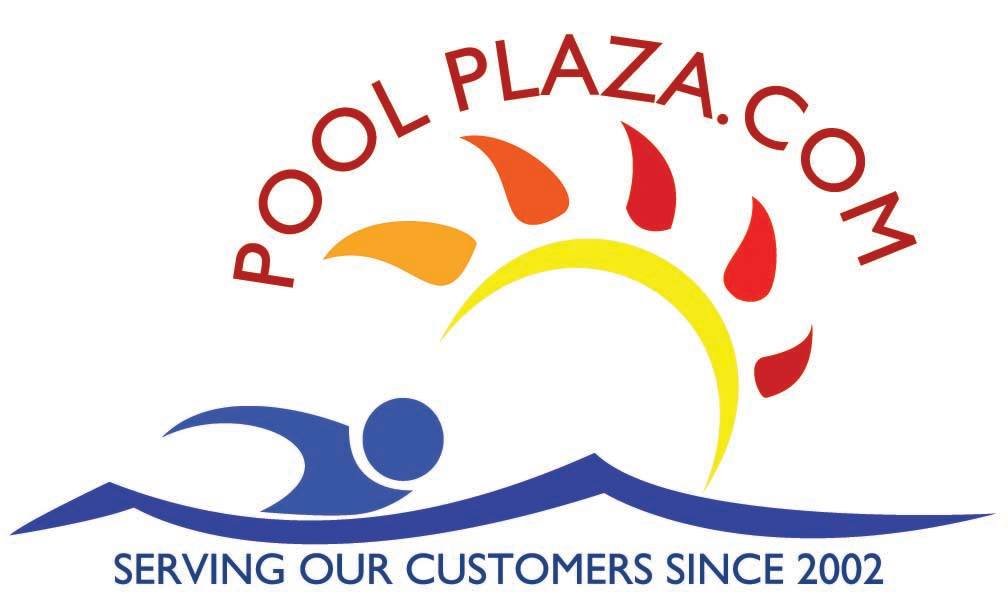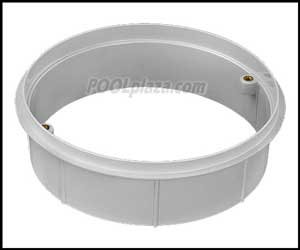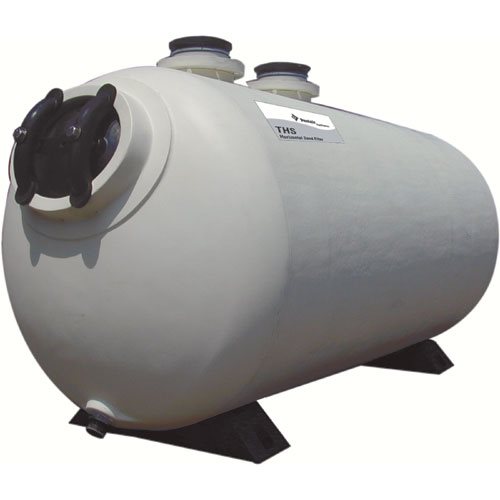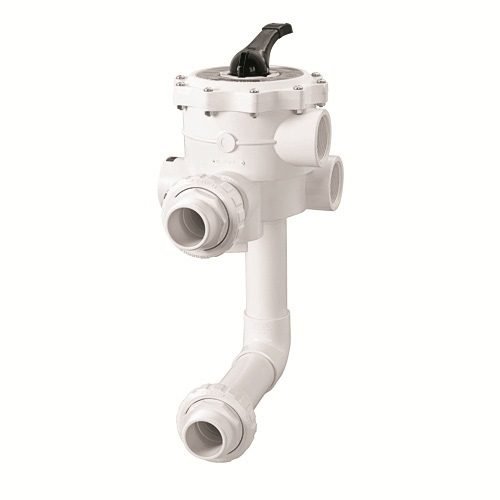Chlorine – Introduction
Chlorine is one of the most important chemicals as far as swimming pools are concerned.
What is the Purpose of Chlorine?
As an oxidizer, chlorine literally burns up organic material in the water. This is important because by burning up that
material, it greatly reduces the load on the filter.
As a sanitizer chlorine kills germs in fairly short order, usually milliseconds. This is important because if the germs are not
quickly, then swimmers can become infected.
How Much Chlorine is Necessary?
It is important to maintain a chlorine residual in the pool water at all times. A chlorine residual is the chlorine that
is in the water waiting to oxidize or sanitize the bad stuff. Generally speaking, you need to keep between 2.0 and 4.0 parts
per million of chlorine in the water. This requires that chlorine be added to the pool on a regular basis in order to maintain the proper chlorine level.
How do I Maintain Proper Chlorine Levels?
To maintain proper chlorine levels, there are three steps:
1. Test Regularly – this can be done using a simple test kit or test strips. We recommend testing the water chemistry at
least once per week and more often during times of heavier usage. Follow the instructions that come with the kit.
2. Maintain a constant chlorine feed – this can be done in several different ways.
Tablet Feeders are a very common way to feed chlorine into the pool. An inexpensive floating chlorinator
or a simple inline feeder will do the job.
Salt Water Chlorine Generators are growing in popularity. If you have never heard of this before, take a
moment to visit our salt water page and you will see why so many people have chosen to go this route.
3. Superchlorinate as needed – there are several instances in which it is important to superchlorinate (shock) a swimming
pool.
If the chlorine reading gets too low then it is important to superchlorinate the pool in order to quickly raise
up the chlorine level.
If algae develops, it is a good idea to temporarily raise the chlorine level to 10 ppm and brush the entire
pool down to expose the algae.
After a heavy rain, if a lot of rainwater and other contaminants have washed into the pool, it is a good idea
to shock the pool.
1 There are other sanitizers on the market, but we have found chlorine to be the
most cost effective strategy available for the homeowner today. Bromine is often used on spas, but it still contains about 30% chlorine in the tablet and there
are issues of corrosion on outdoor pools caused by the hydantoin (ammonia) base in the bromine tablets. Biguanides are also another option, but most of the
time we hear about people who got tired of spending the bucks on biguanides and were looking to get back to chlorine (making the conversion back to chlorine is not easy

|
































